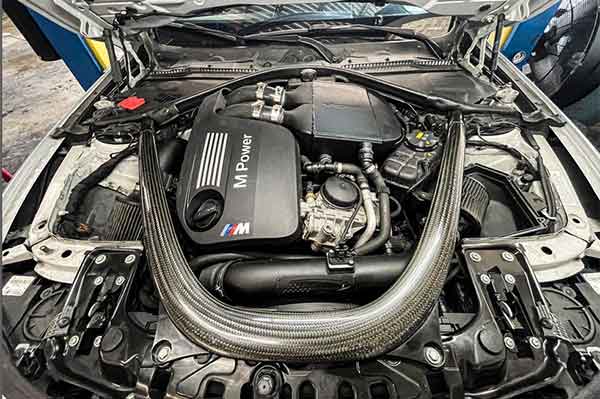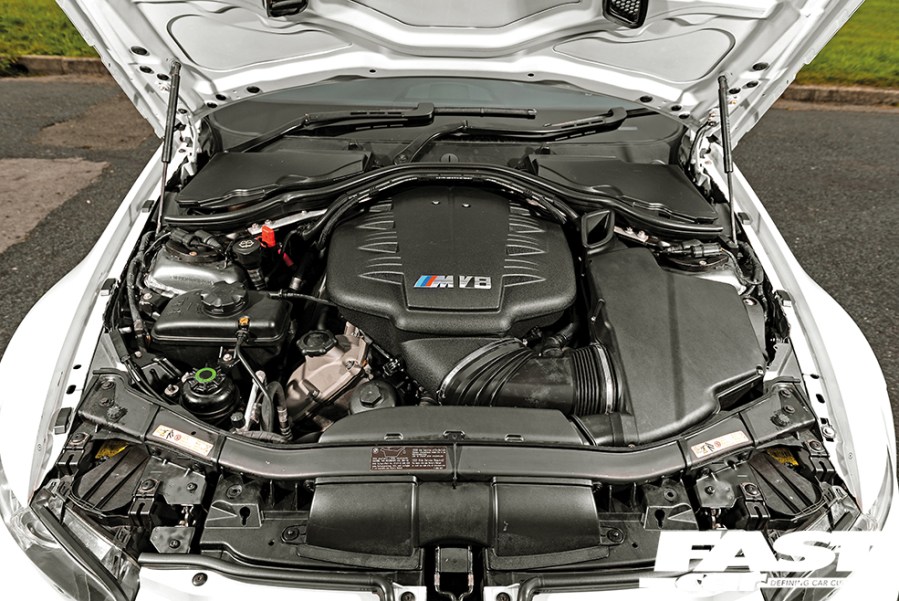Why the BMW Engine Is Taken Into Consideration Among the most effective in Deluxe Cars
Why the BMW Engine Is Taken Into Consideration Among the most effective in Deluxe Cars
Blog Article
Checking Out the Development of Burning Engines in Modern Transport Solutions
As we navigate the landscape of modern-day transportation, the development of combustion engines stands as a testimony to human ingenuity and engineering expertise. The interplay of history, modern technology, and ecological concerns in shaping the trajectory of combustion engines develops a story that is both compelling and informative.
Early Beginnings of Combustion Engines
Exactly how did the concept of burning engines first arise in the beginning of transportation growth? When the concepts of internal burning were first checked out, the origins of combustion engines can be mapped back to the 17th century. In 1673, Christian Huygens conceived a basic inner combustion engine that utilized gunpowder to create power. Nevertheless, it had not been until the late 19th century that functional applications of burning engines in transportation began to arise.
The breakthrough moment included the development of the first successful gasoline-powered engine by Karl Benz in 1885 - bmw engine. This engine led the way for the development of the modern car, revolutionizing transportation systems worldwide. Succeeding developments by Nikolaus Otto and Gottlieb Daimler additionally refined combustion engine innovation, resulting in the automation of vehicles and the quick development of the transportation industry
These very early combustion engines were defined by their simplicity and performance, laying the structure for the complex and effective engines made use of in modern-day transport systems. The development of combustion engines has been instrumental in shaping the means we take a trip and deliver products, marking a significant milestone in the background of transport advancement.
Transition to Internal Burning Technology
The shift to internal combustion technology marked a crucial change in the development of transport systems. This change began in the late 19th century, with inventors like Nikolaus Otto and Gottlieb Daimler developing the initial effective internal burning engines. These engines transformed transportation by supplying a much more powerful and reliable choice to vapor engines and electric motors.
One of the crucial advantages of inner combustion engines was their capacity to be scaled down to suit automobiles, leading to the growth of bikes and vehicles. This change from bulky, fixed engines to compact, mobile ones led the way for the contemporary transportation systems we see today.
The transition to inner combustion modern technology likewise stimulated developments in gas technology, causing the growth of gasoline and diesel as key fuel sources for lorries. This shift not just made transport more obtainable to the masses but likewise laid the structure for the oil and gas industry to end up being integral to global economies.
Effect of Combustion Engines on Transportation
The adoption of burning engines in transport systems militarized a profound change in the efficiency and speed of worldwide flexibility. Burning engines transformed transportation by supplying a reliable and flexible resource of power for various vehicles, including cars and trucks, vehicles, aircrafts, and ships. This technology significantly enhanced the capacity for people and goods to move over lengthy distances in shorter timespan, resulting in enhanced connectivity between regions and countries.
In addition, the prevalent usage of burning engines has actually had a considerable impact on economic development. The capacity to move items successfully has actually spurred trade and business, permitting businesses to expand their markets and get to customers worldwide. This has helped with economic development and globalization, as products can now be transported much faster and in bigger quantities than ever previously.
Nevertheless, the environmental impact of burning engines can not be ignored. The combustion of fossil fuels has actually caused air pollution and greenhouse gas exhausts, adding to climate change and posturing health and wellness risks to populaces. bmw engine. As an outcome, there is a growing focus on developing different propulsion modern technologies to reduce these negative impacts and create an extra sustainable future for transport
Advancements in Combustion Engine Style
Numerous index innovations in combustion engine layout have pushed the evolution of transport systems over the years. One significant innovation is the advancement of turbocharged engines, which use exhaust gases to drive a wind turbine that presses incoming air, permitting for more fuel to be charred, causing enhanced power result without a significant boost in engine dimension. Additionally, straight shot technology has actually boosted fuel effectiveness and efficiency by specifically controlling the quantity and timing of gas infused into the combustion chamber. Variable shutoff timing systems have actually also reinvented engine design by enhancing air movement at various engine speeds, improving both power and effectiveness. An additional significant development is the assimilation of light-weight products such as carbon fiber and aluminum alloys, lowering overall engine weight and enhancing automobile gas economic situation. Developments in computer-aided style have allowed designers to optimize redirected here engine performance and efficiency through simulations before physical prototypes are built, conserving time and sources in the growth procedure. These technologies jointly add to the continuous improvement of combustion engines in modern transport systems.
Future Patterns in Combustion Engine Development
With technology innovations driving constant development, the future of combustion engine advancement is poised to change transport systems worldwide. Among the crucial trends in burning engine development is the press towards better effectiveness and reduced exhausts. Producers are spending heavily in study and advancement to enhance engine performance while fulfilling rigid ecological guidelines. This consists of the combination of innovative fuel shot systems, improved turbocharging approaches, and the usage of lightweight products to maximize fuel consumption and minimize carbon exhausts.
One more prominent trend is the adoption of crossbreed modern technologies in combustion engines. Hybrid engines integrate typical burning technology with electric power, using enhanced gas performance and reduced emissions. As the automobile market changes in the direction of electrification, crossbreed burning engines are viewed as a transitional solution that bridges the void between traditional cars and fully electric ones.
Moreover, the integration of smart innovations, such as expert system and data analytics, is anticipated to play a substantial duty in the future of burning engine development. These technologies can maximize engine efficiency in real-time, resulting in a lot more efficient burning processes and boosted general automobile efficiency. Accepting these future patterns will not just drive advancement in combustion engine development yet likewise contribute to a much more sustainable and eco-friendly transport community.

Conclusion
To conclude, the evolution of burning engines in modern transportation systems has been marked by substantial advancements in technology and design. From the very early starts of combustion engines to the shift to internal combustion technology, these engines have actually had an extensive effect on transportation. Developments in combustion engine design proceed to drive progression in this area, with future patterns concentrating on additional improving performance and lowering exhausts. The future check this site out of combustion engines in transportation looks promising as study and advancement efforts remain to press limits.
The roots of burning engines can be traced back to the 17th century when the concepts of interior burning were very first explored. These engines changed transportation by supplying a much more efficient and effective alternative to heavy steam engines and electric motors.

Report this page